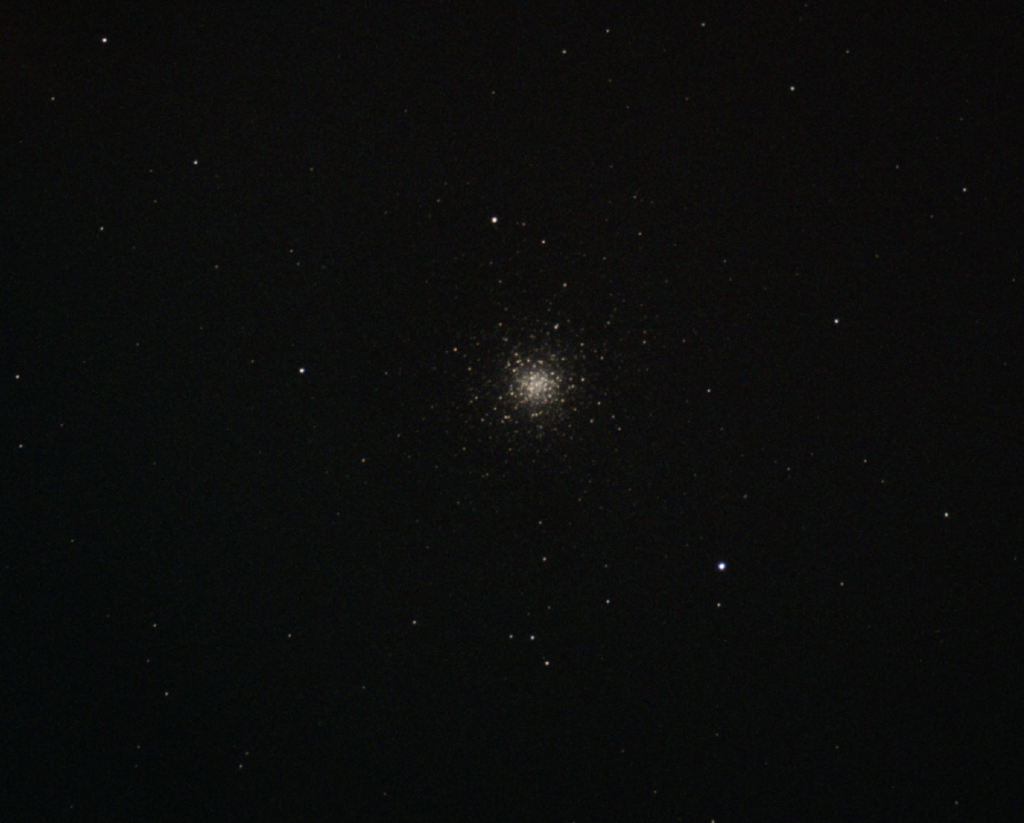NGC 5272 | Globular Cluster | Canes Venatici | 33,900 Light Years
Our Best Image

Messier 3 is a dazzling globular cluster located in the constellation Canes Venatici. Discovered by Charles Messier in 1764, this celestial marvel is one of the largest and brightest globular clusters in our Milky Way galaxy. Messier 3 is situated approximately 33,900 light-years away from Earth and is composed of a tightly packed ensemble of hundreds of thousands of stars bound together by gravity in a spherical configuration.
The globular cluster Messier 3 is estimated to be around 11.4 billion years old, making it one of the oldest known objects in our galaxy. Its stars exhibit a diverse range of colors, indicating variations in temperature and composition. The core of Messier 3 is especially dense, with stars packed closely together, creating a luminous and captivating central region. Astronomers study globular clusters like Messier 3 to explore the early stages of galaxy formation, the dynamics of stellar systems, and the properties of ancient stellar populations.
Observations of Messier 3 have been conducted across various wavelengths, from optical to radio frequencies, providing a comprehensive understanding of its stellar composition and dynamics. This globular cluster’s rich scientific value extends beyond its immediate celestial beauty, offering insights into the broader processes that have shaped the structure and evolution of galaxies over cosmic time. Studying globular clusters like Messier 3 contributes significantly to our knowledge of the universe’s history and the intricate dance of stars within these ancient stellar communities.

